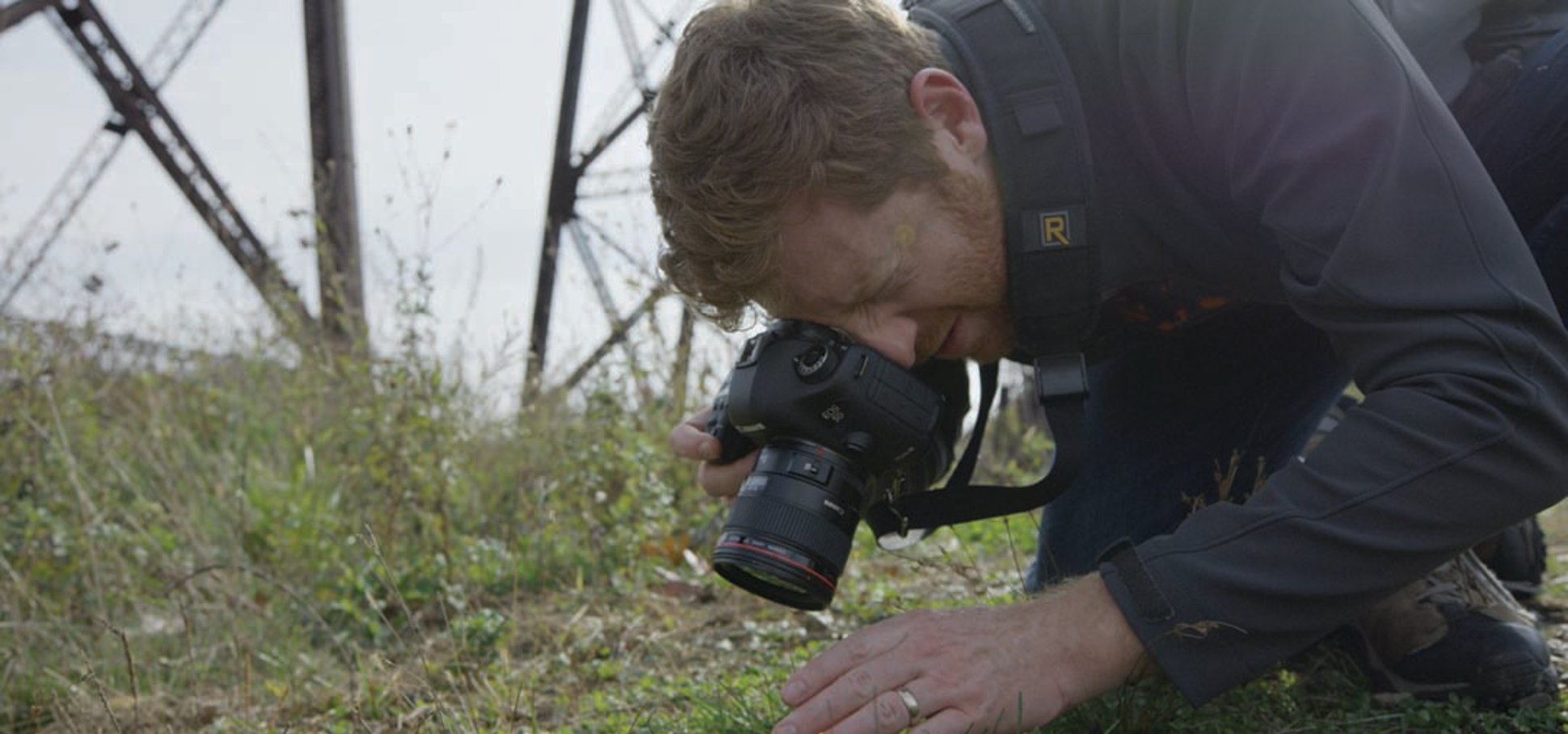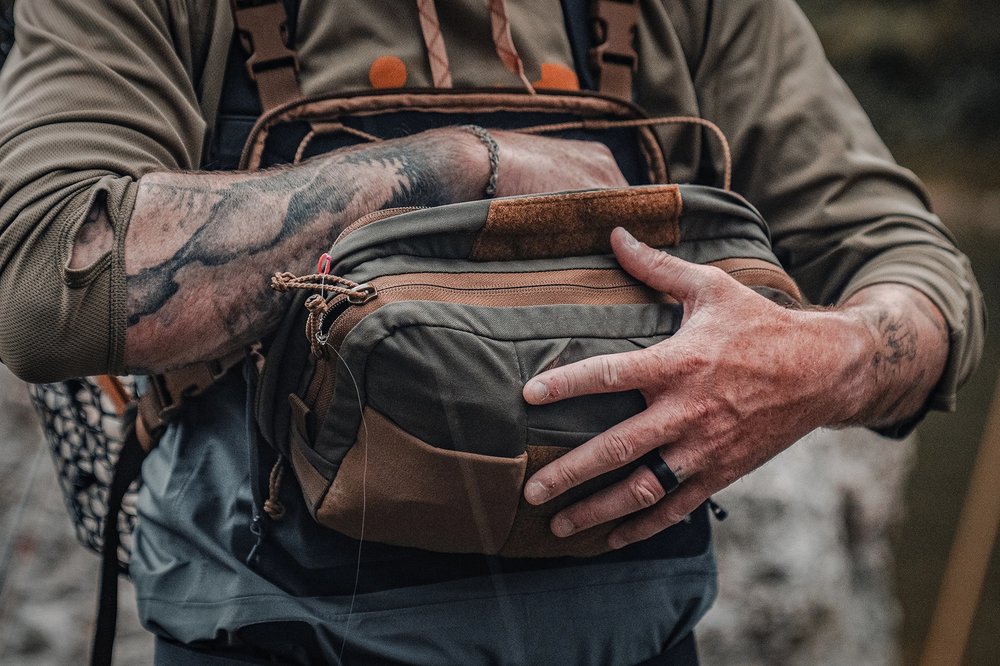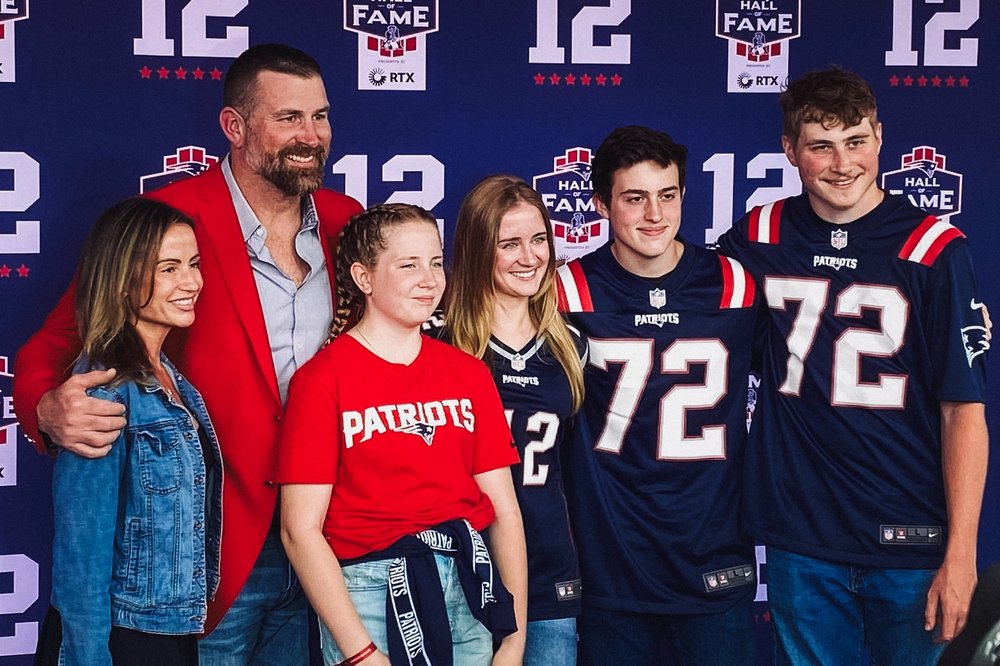In the crowded hunting camouflage industry, different brands provide consumers an array of camo patterns. Most claim to be the best. The offer hyper-realistic patterns that deliver exceptional concealment and help hunters obtain a competitive advantage over prey. With so many patterns to choose from, what should consumers consider before making their purchase? Understand the science of hunting camouflage.
How Mathematical Principles Help Camouflage Patterns Win the Concealment Game
In 2010, former Army Staff Sgt. Joe Skinner became curious about the science behind camouflage patterns. Besides having to wear camo every day, military rumblings about camo’s effectiveness began to drive his interest in how it tricks the brain. After a conversation with an Army buddy about how difficult it was to hide in the conditions of the Middle East in Army-issued Universal Camouflage Pattern (UCP), Skinner’s curiosity soon turned into an obsession. His goal was to understand the logic behind camo pattern effectiveness.
“[UCP] didn’t break up the human outline very well,” Skinner says. “Step-one is figuring out how to break up the human form to start to confuse the brain. Step-two is to figure out how you can dissolve into the surroundings.”

Skinner highlighted a combination of factors that contributed to the ineffectiveness of UCP. These included the color palette and the universality. “If you’re going to camouflage yourself and it’s supposed to be universal, you have to pick shapes and colors that work in such a broad variety of scenarios. This can include weather conditions, regions of the world and climatic zones,” he says. “They were trying to pick one thing, so it saved money and they arbitrarily picked the colors.”
Using Math to Support Logic
On a hunting trip in 2010, Skinner accidentally stumbled on an idea that would use math theory to support the logic of camo patterns specifically for hunters.
“I was sitting in the tree stand, looking across this field. I was looking at the trees and thought ‘that kind of looks like a fractal.’”
A fractal is a complex, never-ending pattern created by repeating a simple process over and over in an ongoing feedback loop. Nature is full of fractals. It can be found in leaves, trees, branches and rivers. Skinner found that it is not just fractal math that makes nature look like what it does. But it’s a combination of fractal and chaos theory, or the science of surprises and the unpredictable. “Chaos is the principal that accounts for all the irregularities — all these variables that knock [something] off course.” He wanted to implement these ideas into a camo design that allowed him to control and grow a pattern the way nature grows. This would allow for the dissolvement of the human form into the environment.
In 2012, he, along with three other partners, formed Veil Camo. Veil Camo which specializes in pattern development and licensing using camouflage theory, chaos and fractal theories, vision and perception and controlled color. Instead of the hyper-realistic brand-focused patterns and powerful marketing campaigns, the goal was to create a pattern that considered research and science.

Breaking Down the Science of Hunting Camouflage
Skinner and his team hired a wildlife biologist, who spent six months aggregating research on the visual perceptions of the most commonly hunted animals in the United States and North America. From this research, they determined that secondary to breaking up the human form, a significant factor for consideration in pattern development is what animals see.
For example, deer, a species of animal whose visual perceptions have been studied for years, are red-green color blind and primarily see in shades of yellows and blues as well as down into the UV spectrum due to their lack of a UV filter in their eyes. If you’re a hunter breaking up clothing with contrast is more likely to help. For fly fishermen, trout are able to see more colors than human beings. Since their eyes and the water act as lenses, camo pattern colors and shapes should take into account the water distortion.

The goal is to combine the species color perception with the chaos and fractal theories. “If you’re specifically going after white-tail deer in a mainly deciduous or mixed forest, you would want to wear something that would first break up the human outline in an irregular way,” Skinner says. The pattern would have textures derived from the natural environment or new disruptions in textures and colors would be created that would work across different species of trees.
Choosing the Best Pattern of Hunting Camouflage
In the end, consumers looking for the best gear with the best pattern should do their research. The most important question to consider when exploring camo gear is: “Will this pattern be the most appropriate for my type of environment?” Research-based camo patterns will take into consideration three major factors:
- The species being hunting
- The method of hunting
- The environment in which hunting will occur
Choosing patterns based on this combination of factors provides consumers a competitive edge over their prey.
Check out Pnuma Outdoors' new pattern, click here.
[]




